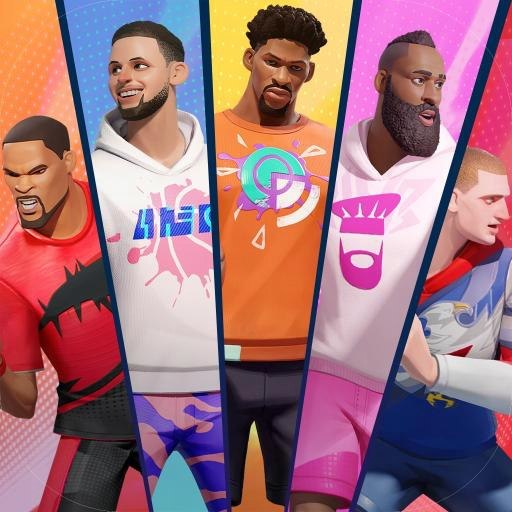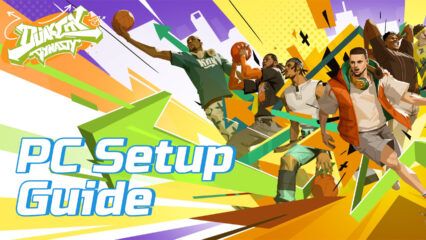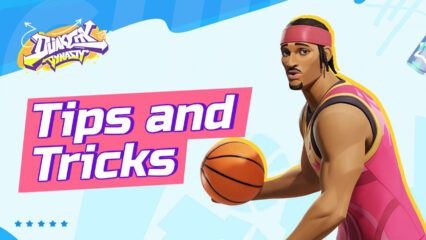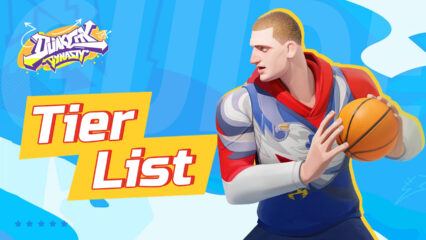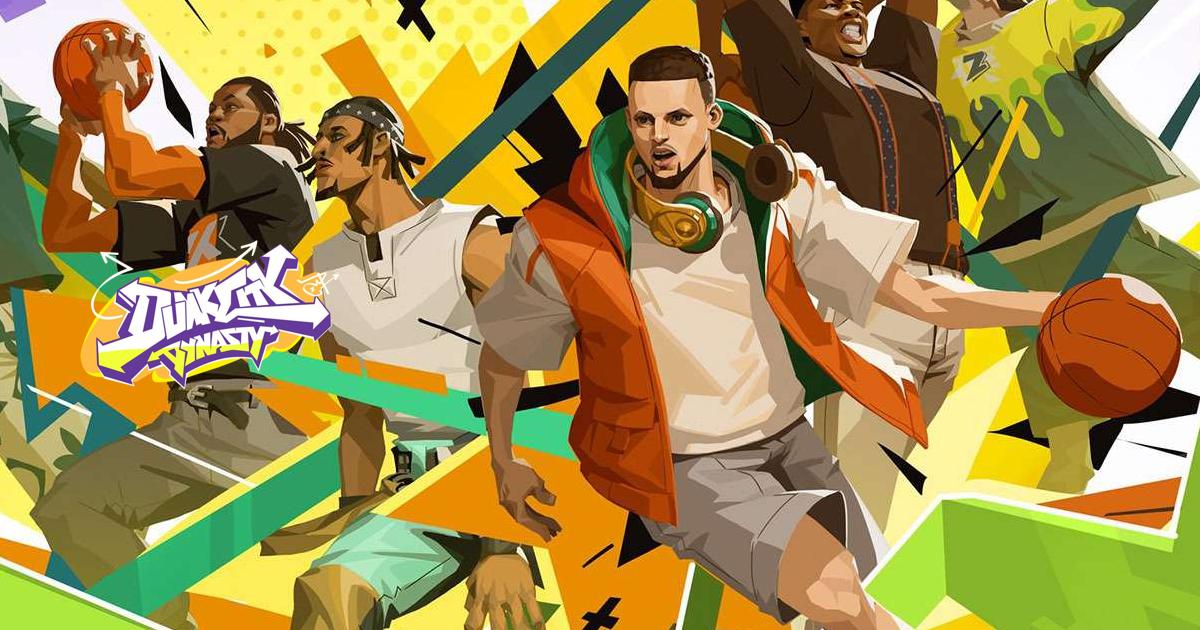Dunk City Dynasty Positions Guide - The Different Player Roles and Their Play Styles Explained
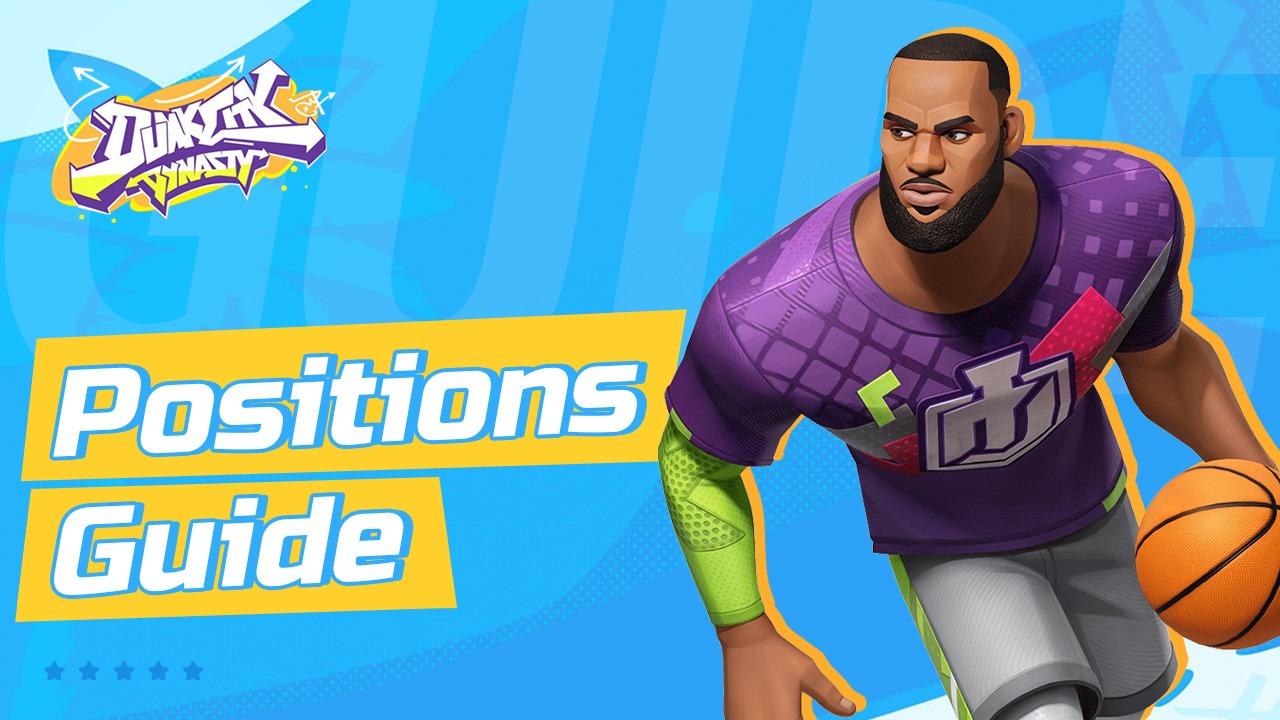
In order to get good and win matches in the new Dunk City Dynasty, we feel it’s important to have at least a little bit of knowledge about basketball. This is because while this game has tons of fantasy elements in the form of flashy moves, the role of your character is actually based on their real world counterparts. As such, even though Lebron James can set the hoop on fire with his powerful post shots, you’ll still need to know the intricacies of playing the Small Forward position if you want to get the most out of him. And the same goes for every other character in every other position in this game.
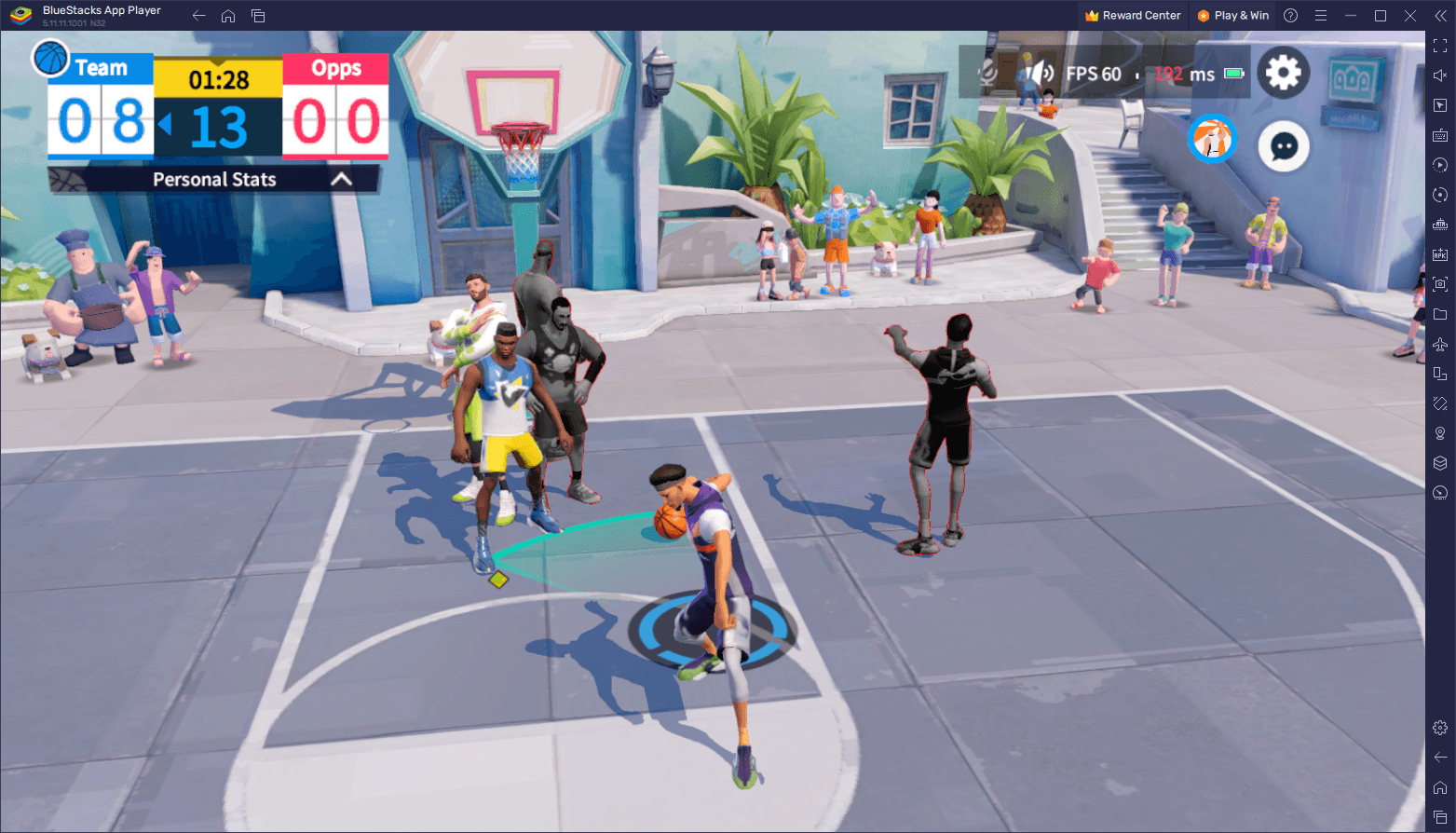
As such, we’ve decided to create this Dunk City Dynasty guide, where we’ll go over the different positions in basketball, and explain a bit about their play style and purposes. By understanding these fundamentals, you’ll have a much easier time adapting your play style and unleashing the full potential of your favorite characters.
Dunk City Dynasty Positions
As a street basketball game, you might not be surprised to know that the positions you can play in this game are the same as the ones in real basketball. As such, knowledge of what each of these is expected to do will be pivotal for improving your performance.
There are five different positions in basketball:
Center (C)
Arguably the most important role in the game, with the most responsibilities and requirements in terms of personal skill, seconded only by the Small Forward role in terms of workload.
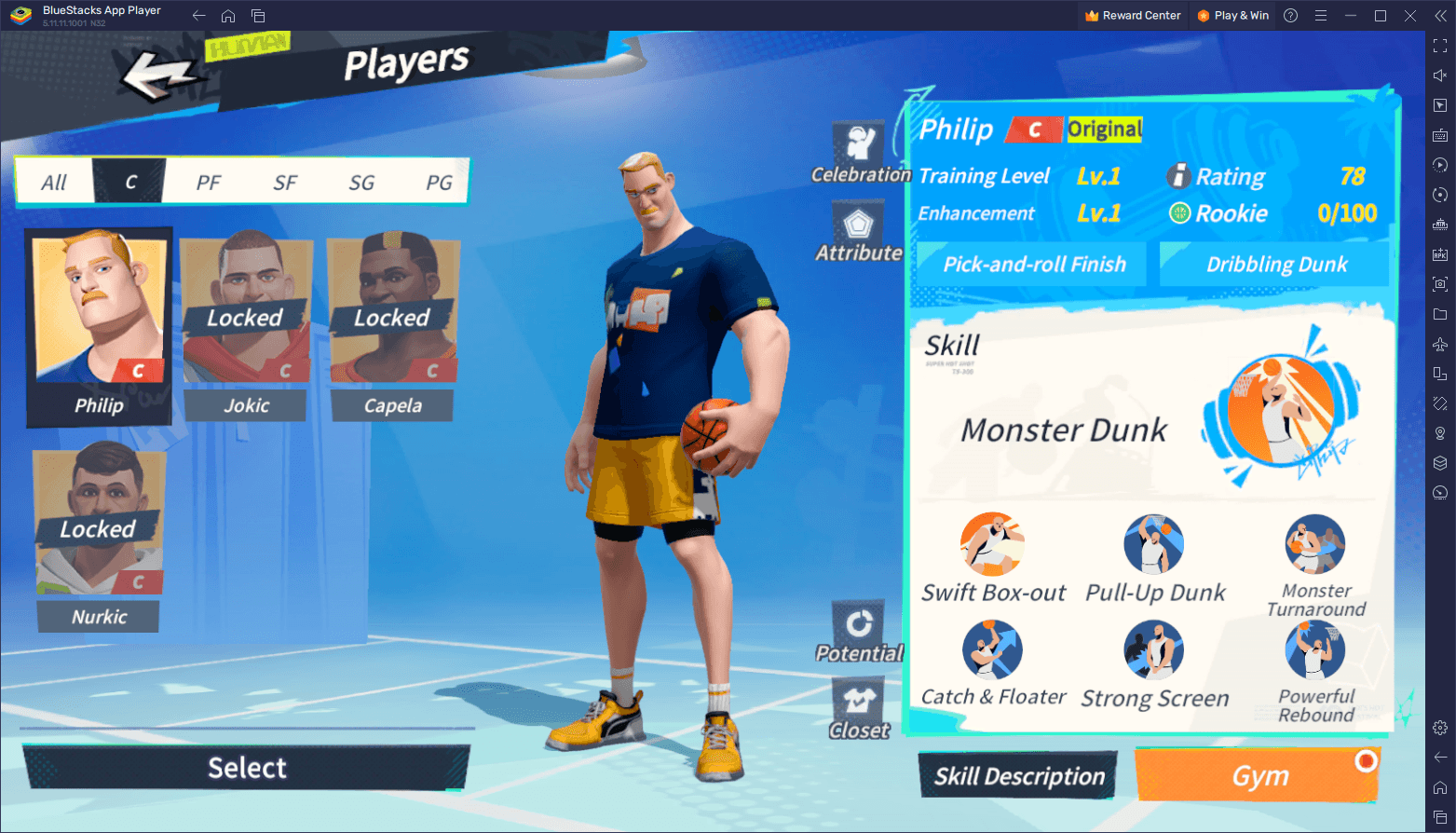
Center players in basketball are often the tallest in their teams, towering over the rest and playing mostly under the hoop. It’s their responsibility to guard the rim, both offensively and defensively, and fight for possession of the ball, especially when it comes to contesting rebounds. As this position is one of the most important, they’re also expected to score a considerable amount of points every match.
The Center role is the backbone of any team, with comparable responsibilities to the Point Guard in terms of playmaking, but requiring a lot of personal skill to wrestle for the ball when playing under the hoop.
Shooting Guard (SG)
As their name implies, the Shooting Guard is responsible for most of the three-pointers in their teams. These players are tasked with dribbling and shaking off opponents to create scoring opportunities from outside the three-point line. Additionally, they are also expected to have strong dribbling skills to elude opponents and create scoring opportunities from under the hoop, if possible.
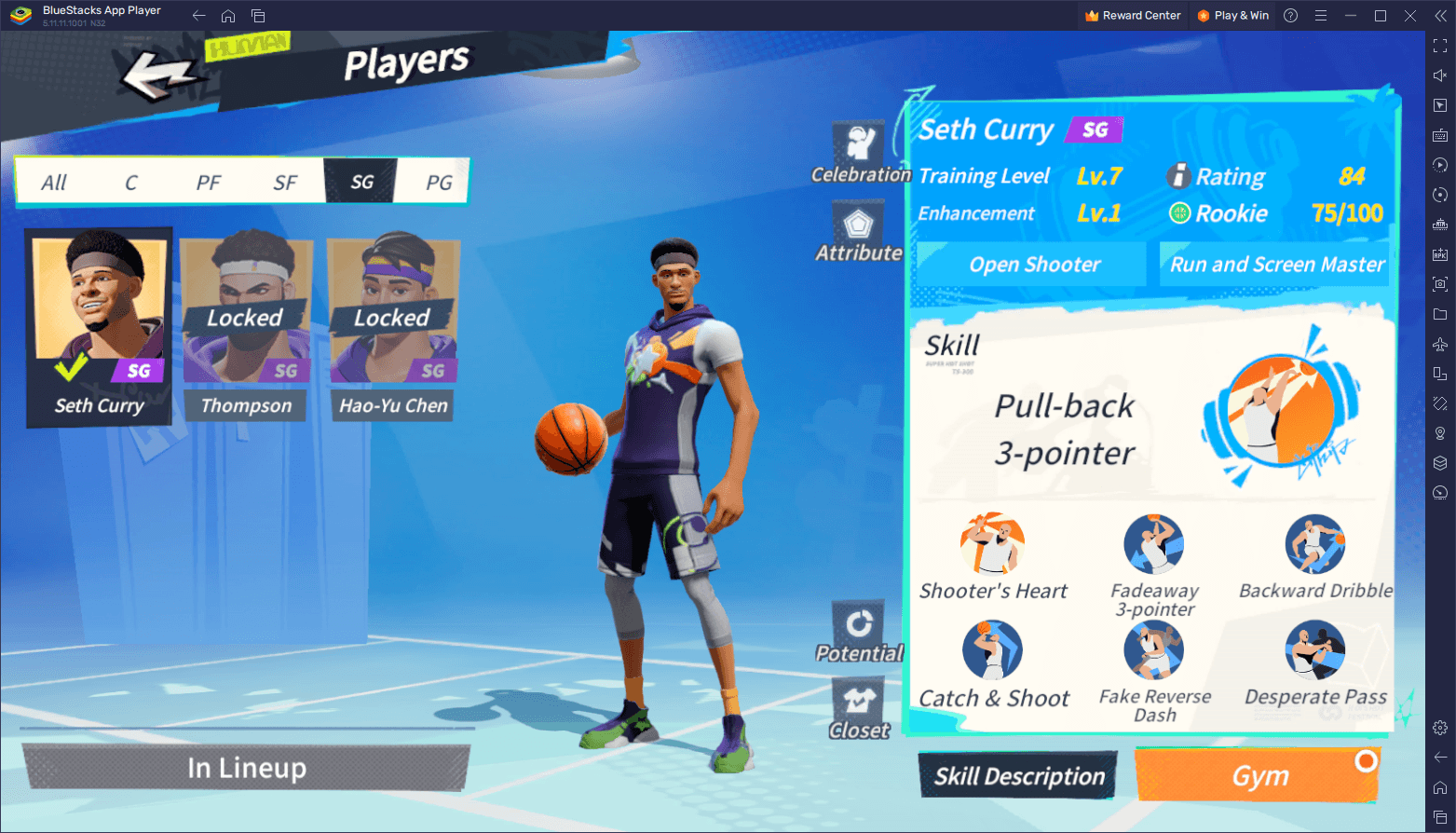
In any typical match, you can expect the team working in tandem with their SG by forcing the enemy defense to move to a certain position, leaving the SG open for a pass and a quick shot to score three-pointers.
Point Guard (PG)
This position is also one of the most important when it comes to offense—with an even greater role than the Center position. The Point Guard is often known as the primary ball handler in their teams, being tasked with pushing forward while handing the ball to the right player at the right time. As such, they’re expected to have a comprehensive suite of skills including dribbling, passing, defending, and even shooting.
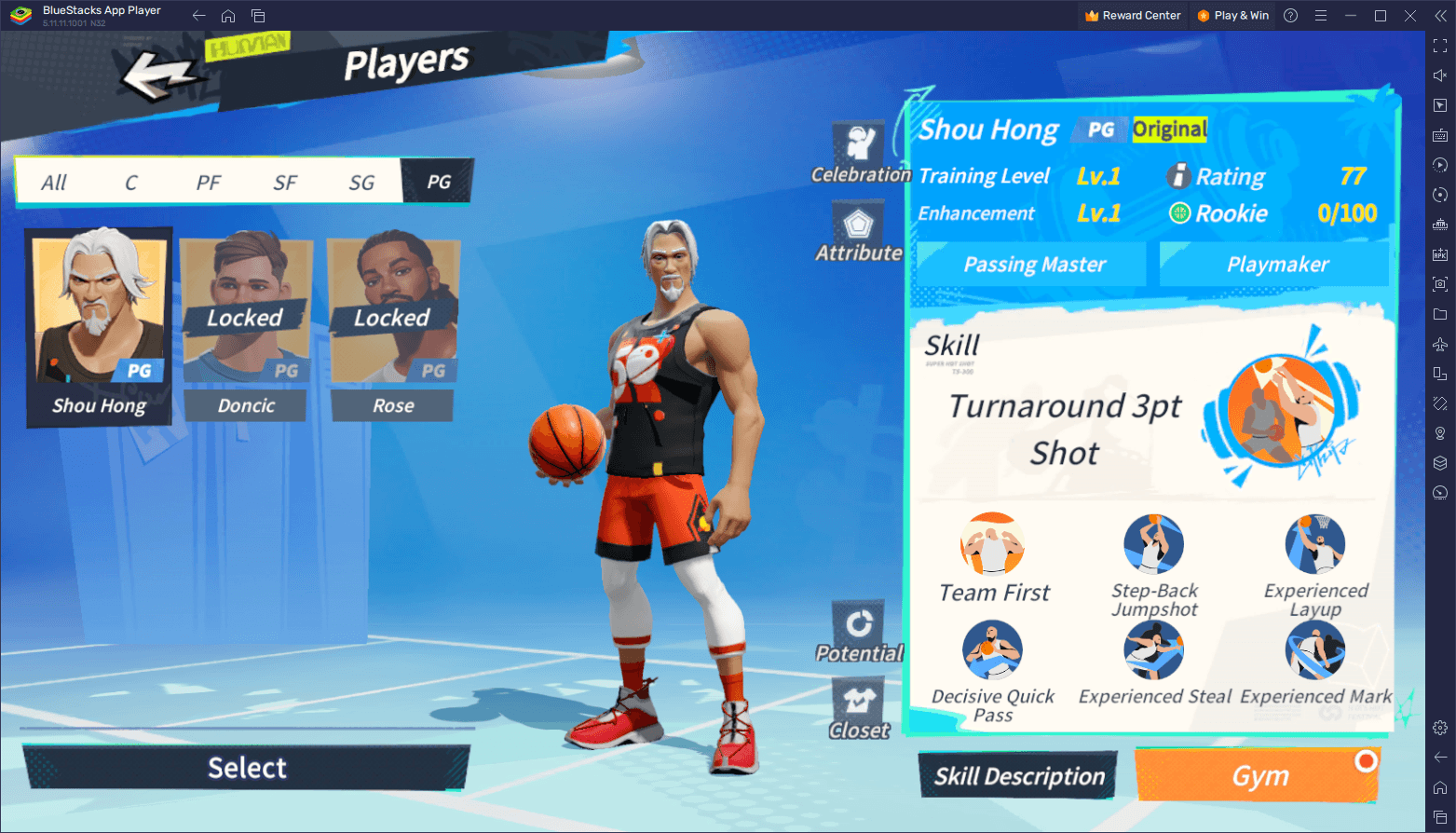
When it comes to offensive plays, few positions are as important as the Point Guard.
Power Forward (PF)
Typically the burliest members of their teams, the Power Forward players use their bulk to protect the ball from under the hoop and create openings for passing the ball to other players. They typically play with their backs to the hoop, using their bodies to push the defense back and gaining ground to expose weaknesses that can be exploited by their teammates.
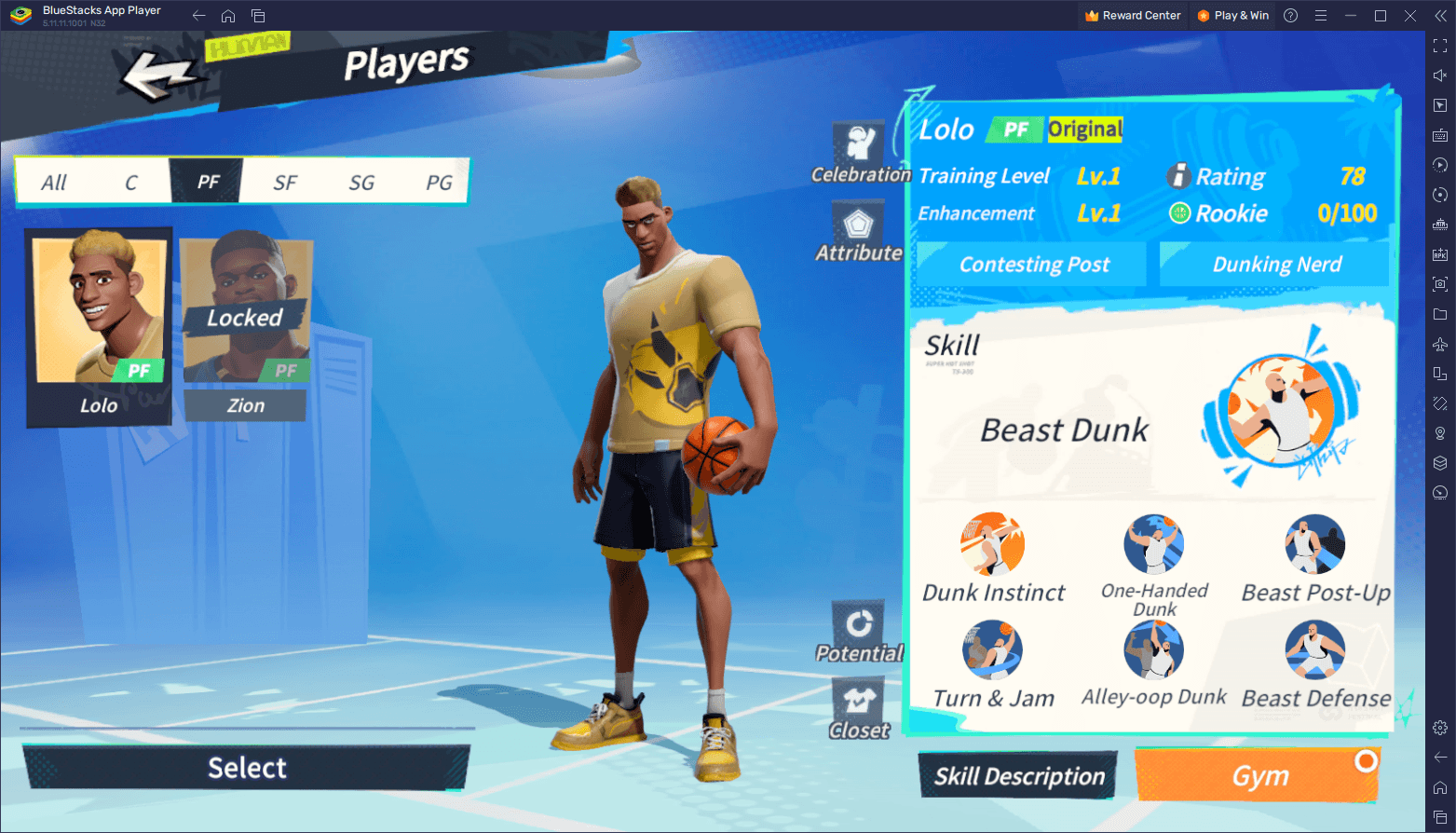
As the ones who will probably have most physical contact with the opponents, PF players must be very skilled at dribbling defensively, and must learn to measure their approach in order to gain ground, but without committing any offensive fouls from using excessive force or shoving.
Small Forward (SF)
While PFs are big and burly and use their bodies to guard the ball, Small Forwards use their smaller frames and fast play style to create scoring opportunities by breaking through the enemy defenses with their superior speed. They are usually the fastest and smallest players on their teams, though their size isn’t as crucial for this role as, say, the PF’s and C’s size are for accomplishing their own objectives. As such, it’s possible to have tall SF players like Lebron James, who is over 2 meters (6.5ft) tall.
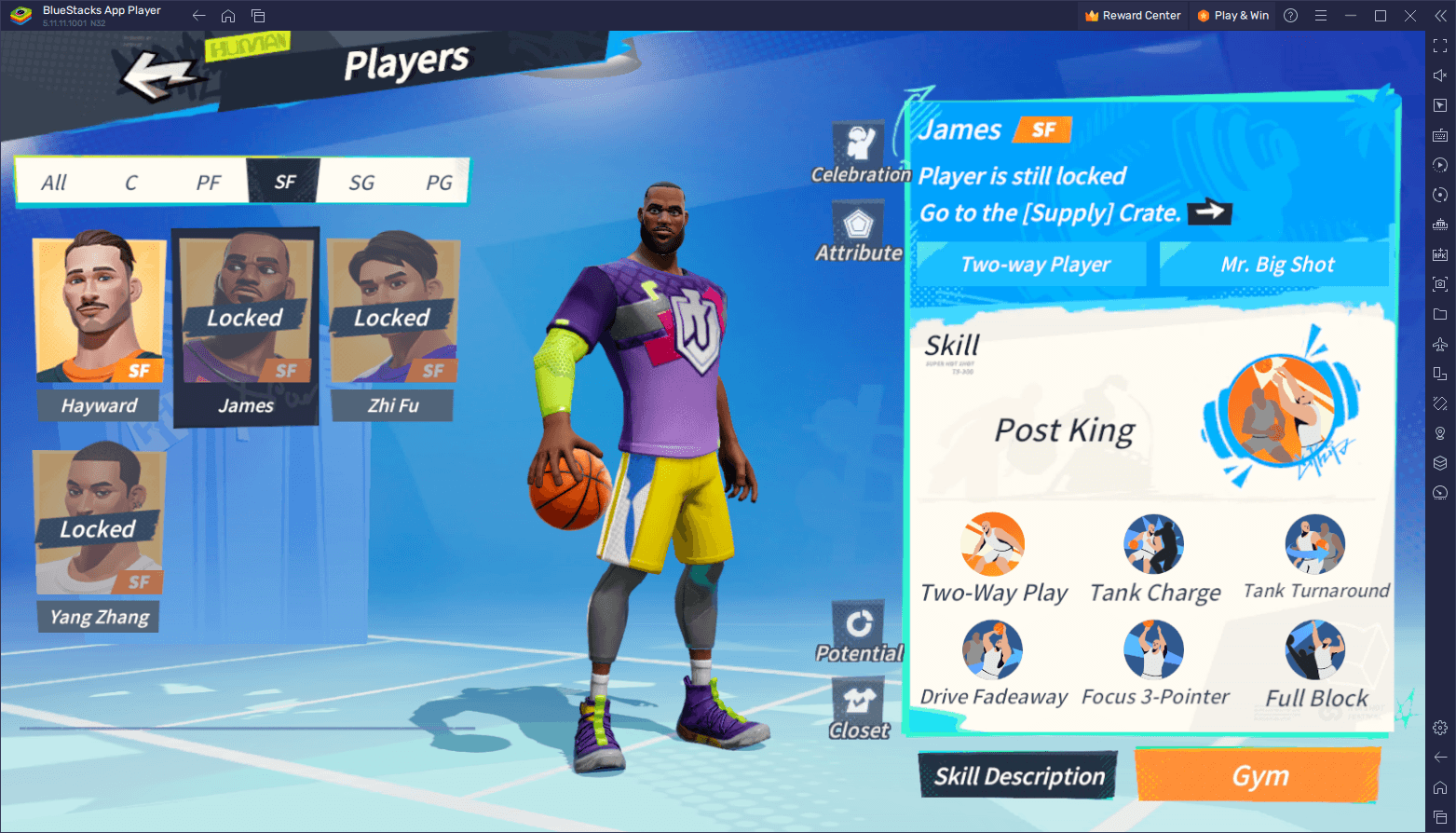
SF players are expected to contribute to rebounds and passing, and also to scoring points. They are, along the C and SG, among the top scoring positions in their teams. However, their importance is often twofold, as they are also expected to guard against the enemy’s top players and top scorers.
Of course, we’ve only covered the basics and fundamentals of each role in this guide. The exact usage will vary according to the character you choose, as even within the same role there can be important nuances that will let you approach certain situations differently. As such, it’s important that you get out there and practice in order to master your main and become the star player of your team. Regardless, remember that you can play Dunk City Dynasty on PC with BlueStacks to have a much better gaming experience on your computer, and with the best graphics, performance, and controls.

